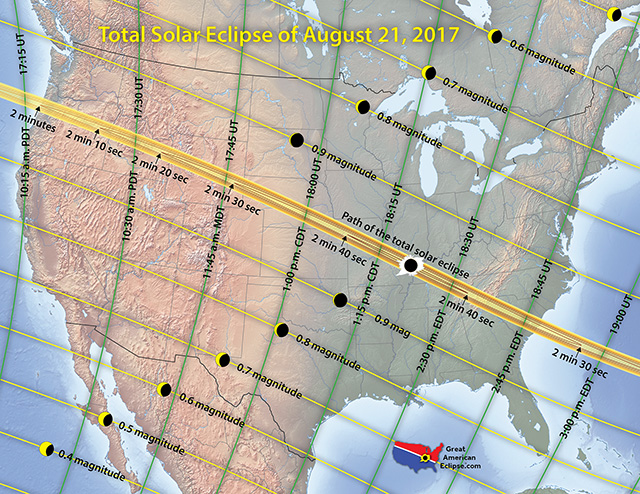
So this is where *we* may be headed someday...
System of seven Earth-like planets could support life
The TRAPPIST-1 planetary system is now at the center of the search for life outside our solar system.
The TRAPPIST-1 star, an ultra-cool dwarf, has seven Earth-size planets orbiting it. Credit: NASA/JPL-Caltech
Seven Earth-sized terrestrial planets have been
discovered orbiting an ultra-cool dwarf star. They’re the most promising target yet in the search for life outside our solar system. 40 light years away, the planets are—like Earth—terrestrial rocky worlds that could support life under the right atmospheric conditions. “The seven planets are temperate. This means that they could have some liquid water and maybe, by extension, life on the surface,” said lead author Michaël Gillon.
When planets pass in front of a small star, in this case TRAPPIST-1, they cast a shadow that allows scientists to make them out and determine their size and orbit. A handful of these “transits” allowed the researchers to
identify three initial planets in the system from a ground telescope last year. After conducting further observations, including 20 days of continuous observation from NASA’s Spitzer Space Telescope, they have now witnessed 34 clear transits and attributed them to seven different planets.
The next step in the search for life on these planets is to determine the composition of their atmospheres. The planets are likely tidally locked, meaning one side always faces the star, and the other is always dark. An atmosphere would mitigate extreme temperatures on both sides and preserve habitability.
Some atmospheric compositions would themselves be signs of life, such as methane, oxygen, and carbon dioxide in the right relative concentrations. “There is one combination of molecules, with some relative abundances, that would tell us there is life with 99 percent confidence,” said Gillon. “Oxygen itself is not enough.”
The researchers will soon know much more about the planets’ atmospheres and any potential signs of life. “With current facilities (the Hubble and Spitzer telescopes), we can obtain the very first insights into the atmospheres of these planets, find out if they have a large and clear atmosphere, and possibly detect molecules such as water and methane,” co-author
Julien de Witt told us. “Once the James Webb Space Telescope (JWST) launches in 2018, we will be able to go one step further in our research. Assuming the planets have an atmosphere, JWST will provide us with more detailed information about their composition, temperature, and pressure. This will help us assess their habitability within five to ten years.”
Imagine standing on the surface of the exoplanet TRAPPIST-1f. This artist's concept is one interpretation of what it could look like. Credit: NASA/JPL-Caltech
The researchers already know a bit about conditions on the surface of the planets based on their proximity to the star. The sides of the planets facing the star are dimly lit, like a sunset on Earth, and feel warm from infrared energy. “The spectacle would be beautiful, because every now and then, you would see another planet about twice as big as the moon in the sky,” said co-author
Amaury Triaud.
Prior to this discovery, the only terrestrial planets known to be well-suited to life were those in our solar system. “Now we have seven more we can study in detail. And not in a few decades—we are doing this now,” said Gillon. “This story is just beginning.”
https://www.reddit.com/r/science/comments/5vk7pv/seven_earthsized_planets_found_orbiting_an/





























 So this is where *we* may be headed someday...
So this is where *we* may be headed someday...


